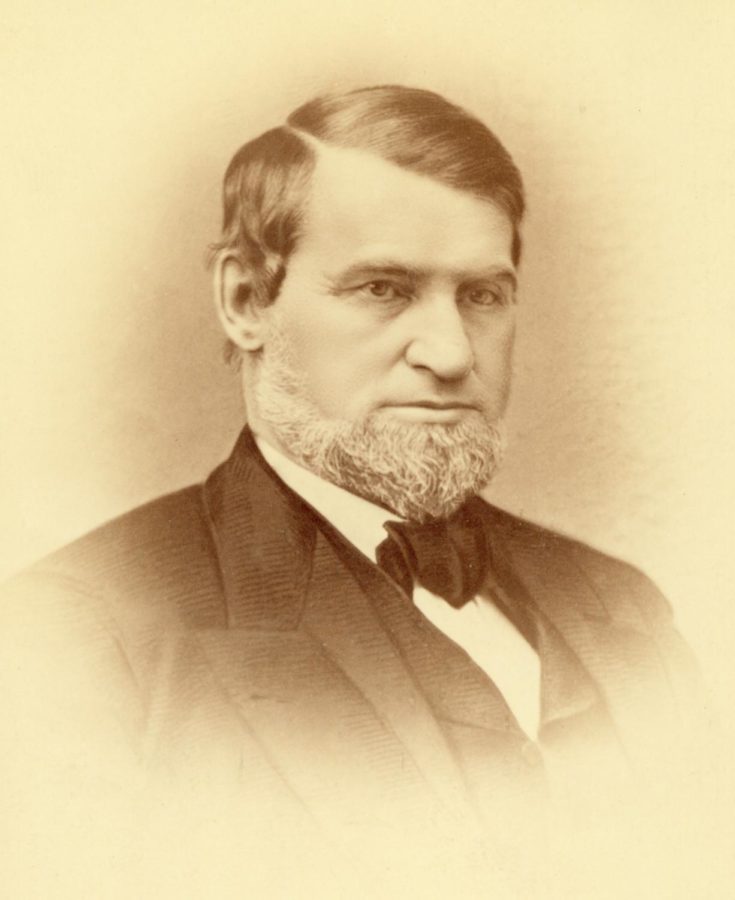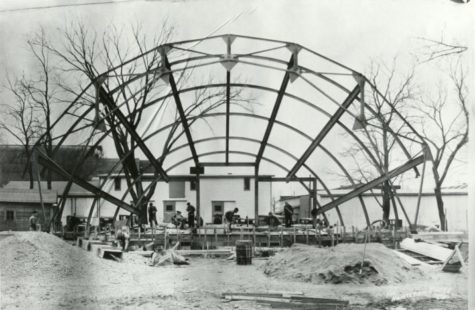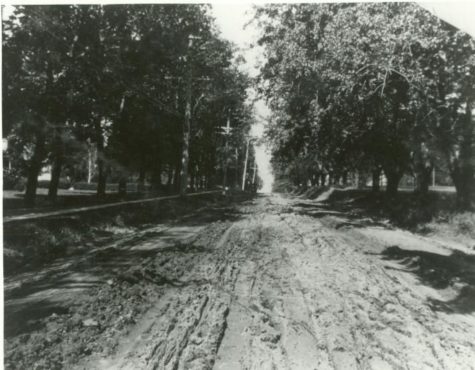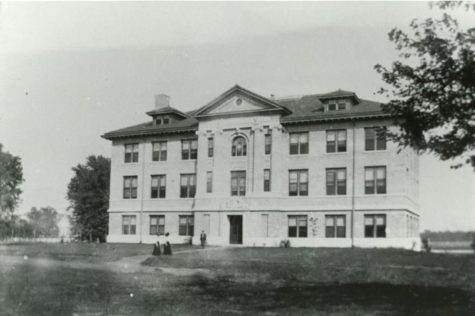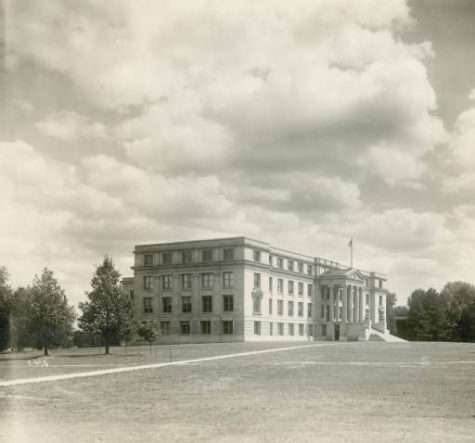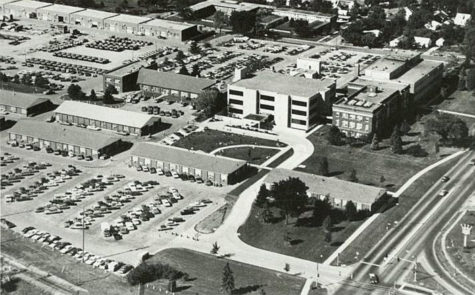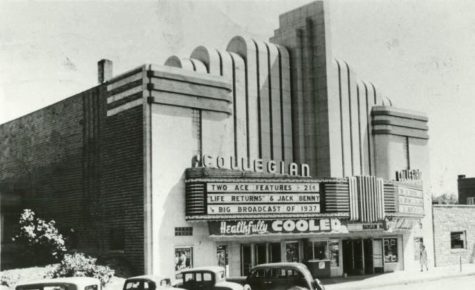The beginnings of Ames: City starts on deceitful foundations, brings railroad into countryside
May 21, 2014
Editor’s note: In celebration of the 150th anniversary of our city, the Daily will highlight prominent figures, places and events in Ames’ history each week.
Ames, Iowa, was named for a man who never set foot in the completed town.
The city began as a railroad depot on the Cedar Rapids and Missouri River Railroad and was named for Massachusetts congressman Oakes Ames. The town was founded by John Insley Blair, a railroad owner, who placed the town on his railroad line.
Blair and Ames went together to survey the land that would become Ames, Iowa, but Ames never returned.
Blair attempted to purchase land from Issac Black, Samuel Hiestand and L.Q. Hoggatt for his railroad, but they refused his offer, saying they didn’t want “the monster at their door,” according to the Ames Historical Society. The landowners liked living in the country and did not want a town in their backyard, said Alex Fejfar of the Ames Historical Society.
After being halted by the current landowners, Blair enlisted the help of Cynthia Duff, a woman of high social standing and a landowner herself, Fejfar said.
Duff told Hoggatt that she was interested in buying the land for her “uncle back east” and was able to purchase 320 acres from Hoggatt, Hiestand and Black, according to the Ames Historical Society. Duff promptly sold the land to Blair for the price of $3,775, the same price she bought it for, Fejfar said.
The railroad came through the land in October 1864, and Blair officially purchased it from Duff on Nov. 26, 1864.
Ames was officially laid out and platted Dec. 17, 1864 by the John I. Blair Land Company. The original town was bordered by what is now 8th Avenue to the north, Duff Avenue to the east, the railroad to the south and Burnett Avenue to the west according to the Ames Historical Society.
Hoggatt, even though he was originally skeptical of the railroad, came to support the town. The Hoggatt School was built in 1862 to serve the residents of the area before the town was created, according to the Ames Historical Society. Hoggatt was the fourth sheriff of Story County.
Duff Avenue, Kellogg Avenue and Onondaga Street, later renamed Main Street, were all named for Cynthia Duff. Kellogg was Duff’s maiden name and she was from Onondaga County, N.Y.
Ames was chosen for the north-south railroad connecting Des Moines to Minneapolis in 1866. The railroad was completed in 1874, according to the Ames Historical Society.

